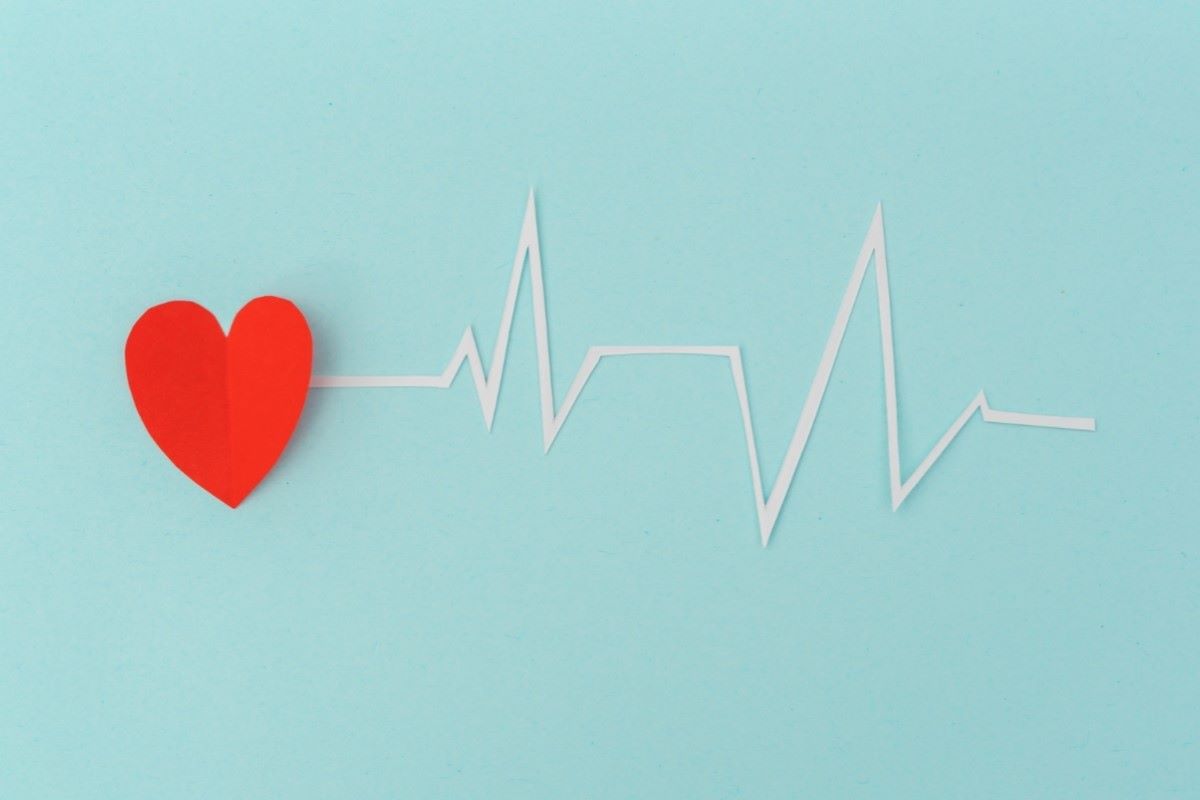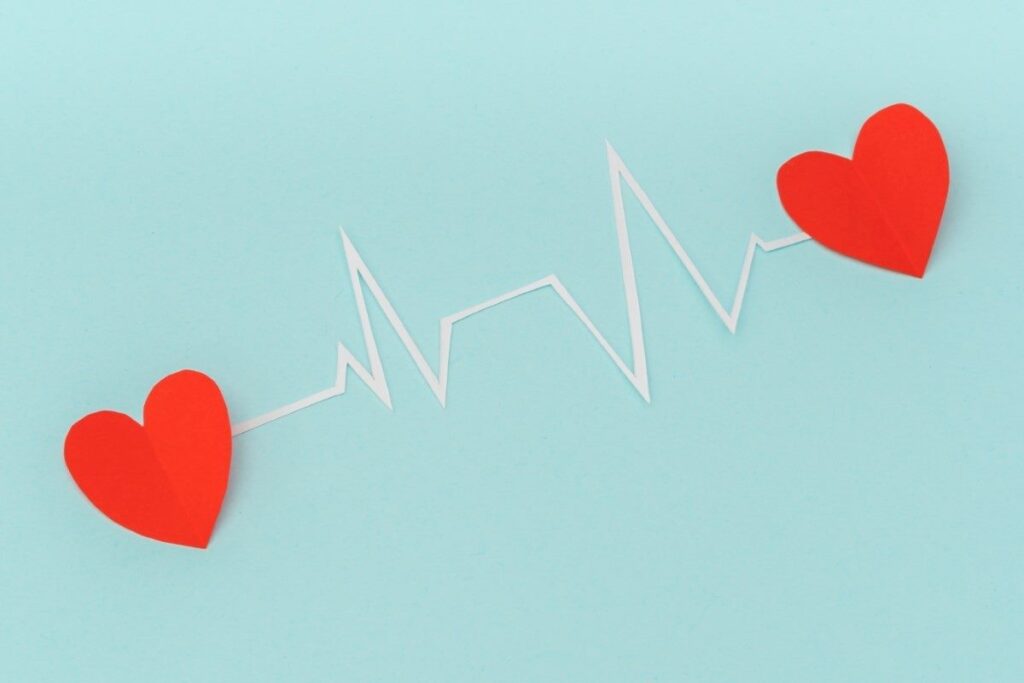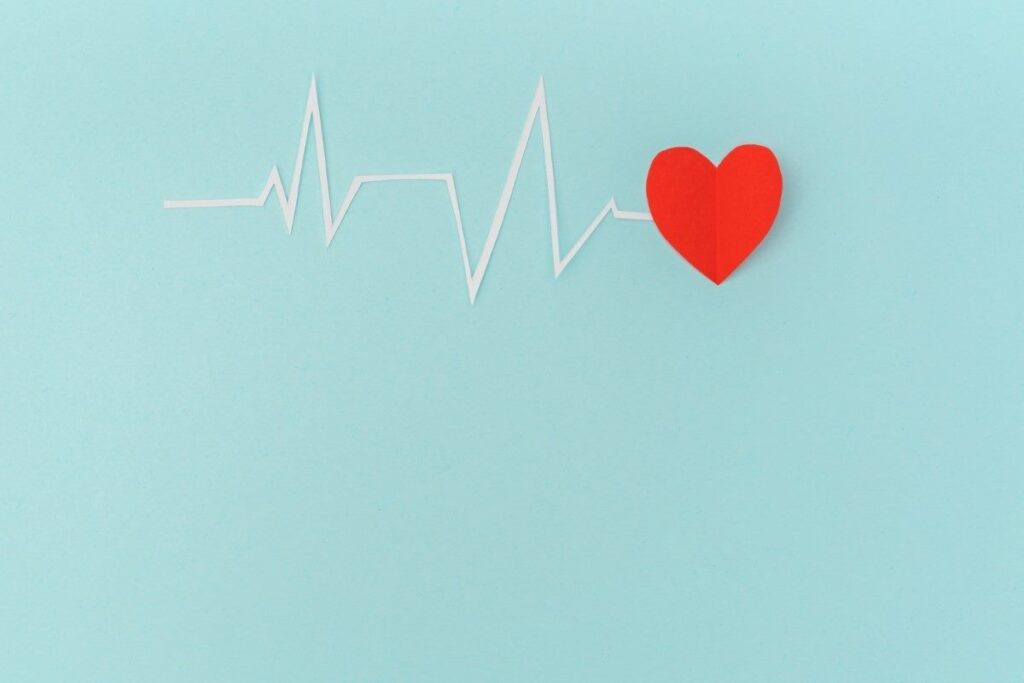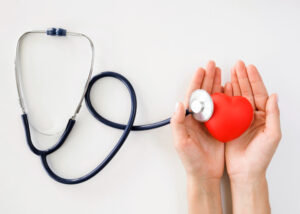
Bradycardia Medically termed is a condition in which a human being has a below than normal heart rate. Normally, heart rate in an average healthy adult rests between 60 to 100 beats per minute. If the heart beats less than 60 beats per minute, it’s diagnosed as bradycardia. However, not every low heart rate is problematic; a professional athlete or in general whoever in very good shape usually has a slower heartbeat. In this paper, I am going to research about low heart rate, its possible risks and complications, causes, and factors that affects it, ways of diagnosis and treating bradycardia.
What are the causes of Bradycardia?
1-Physiological; Natural Causes
- Exercise
The heart, among professional athletes or people who are regularly subjected to aerobic exercises, slowly gains strength and becomes efficient; thus, it causes the resting heart rate to slow down naturally without any problem.
- Sleep
Parasympathetic nervous system is very active during sleep. The result of this increase in activity includes a natural slowing of the heart rate.
- Age
With increasing age, the heart intrinsically slows down. This is considered a normal process of aging and might be manifested as bradycardia.
2- Pathological causes
- Electrical heart disorders
Any abnormality in the electrical system of the heart, such as heart block or a malfunctioned sinus node, can be a cause for a slow-beating heart. These disorders allow the timing signals not to pass properly to the muscular part of the heart.
- Heart diseases
Heart diseases are another cause of bradycardia, including heart failure, inflammation of the heart muscle, and valve diseases. Each of these diseases is associated with an impact on the pumping function of the heart; therefore, it can slow the heart rate down.
- Hypothyroidism
The thyroid plays an important role in the regulation of metabolism within the human organism. An underactive thyroid would ultimately lead to a patient having bradycardia or a slow heart rate.
- Electrolyte imbalance
Electrolytes, which include potassium and calcium, are integral in the functioning of the heart. Any disturbance in the level of any one of these makes the heart beat at a snail’s pace.
- Infections and inflammatory diseases
In bad cases of infections or diseases of inflammation, including rheumatic fever, there could be damage to the heart in order to decrease the heart rate.
- Drugs and Medications
- Sleep apnea
Abnormal breathing, such as sleep apnea, leads to a lot of variation in the heart rates and sometimes causes bradycardia.
Bradycardia Symptoms
It can thus be asymptomatic. Persons who have this condition can at times show no symptoms whatsoever. When the heart rate is decreased to the degree that adequate blood flow no longer reaches the organs of the body, the symptoms, in that case can be as follows:
- Shortness of breath
- An irregular heartbeat;
- Dizziness or lightheadedness;
- Pain or discomfort in the chest;
- Extreme weariness or weakness;
- Concentration or memory issues;
- Fainting (syncope) or almost fainting;
- Reduced tolerance for physical activity.
It often seems to be asymptomatic, and hence it is diagnosed by certain medical tests.

What are the Complications of Bradycardia?
Severe bradycardia may lead to some critical complications if it is left untreated on time. The following are included in them:
1- Overall Weakness and Fatigue
A drop in the rate of heartbeat reduces the amount of blood supply to muscles and limbs, and one starts feeling tired and weak.
2- Dizziness and Lightheadedness
Due to the reduced blood supply going to the brain, dizzy, light-headedness or vertigo may be present in people with bradycardia.
- Fainting or Syncope
Severe decrease in the supply of blood to the brain may result in loss of consciousness or fainting.
- Shortness of Breath
In some cases, this leads to the failure of the body to take up appropriate responses to oxygen needs, hence a feeling of shortness of breath or the need for deep breaths.
- Chest Pain
Bradycardia patients often complain of some pain or uneasiness in the chest, especially when undergoing some physical exertion.
- Impaired Concentration and Memory
A decrease in the supply of oxygen to the brain may lead to problems in concentration and even short-term memory.
- Heart Failure
Severe types of bradycardia can also result in heart failure when the heart is unable to pump out the blood efficiently.
- Cardiac Arrest
In very few cases and grave stages, Bradycardia has the potential for causing cardiac arrest and the need for instant resuscitation.
9- Low Blood Pressure
As it does not allow the heart to pump more blood, bradycardia may lower down the blood pressure and hence causes dizziness and further fatigues.

How is Bradycardia Diagnosed?
Bradycardia requires a keen observation by the doctor for diagnosis. Following are usually the diagnostic techniques being practiced for this disease:
1- Medical History
The doctor may start with questions about symptoms, medical history, family history of diseases, and medications. These will be reviewed: history of heart conditions; medications that can slow the heart rate, such as beta blockers or antidepressants; or other conditions that may lead to bradycardia.
2-Physical Examination
- Heart rate
The doctor listens to the heartbeat of the patient with a stethoscope and counts the beats.
- Blood pressure measurement
This is because it allows estimates of the general state of both the heart and blood vessels.
3- Electrocardiogram (ECG)
The most valuable tool in the diagnosis of bradycardia is an ECG. An ECG records the electrical impulses of the heart and shows whether the heart rate is slow, and if the heart’s rhythm is abnormal. If the bradycardia is not constant, an ECG may not be showing a decreased heart rate at that time.
4- Holter Monitor
24-48-hour heart rate recording: If the physician is unable to detect bradycardia on an electrocardiogram, then he may order a Holter monitor. A Holter monitor is a small device attached to the individual, which records the heartbeat of a person in a continuous period, generally for 24 to 48 hours. This mechanism assists in finding irregular heartbeat rhythm that may be intermittent.
5- Stress Test or Exercise Test
This is a test for observing the response of the heart to physical activity. The patient exercises on the treadmill or stationary bike in which the ECG is taken during exercise. If the heart rate does not adequately increase with exercise, it may be indicative of bradycardia.
6- Event Monitoring
If it does not happen frequently, the doctor may order an event monitor. A monitor is a smaller device; the patient is usually to wear for several weeks while the patient activates the device to record heart information once experiencing symptoms of bradycardia.
7- Tilt Table Test
This is done in cases of patients who present vertigo or fainting, and the doctor suspects a problem in heart rhythm. The patient is placed on a special table that gradually changes position from horizontal to vertical; the heart’s response and blood pressure are monitored.
8- Echocardiography
This test uses sound waves to give pictures of the heart structure and how the heart is working. This examination helps the doctor check for structural problems in the heart-including valve or heart muscle failure-that could be causing bradycardia.
Accurate diagnosis of bradycardia is not only important to find the underlying cause of this heart condition but also for the institution of proper therapy. Bradycardia, if accompanied by symptoms such as dizziness, weakness, and even fainting, it requires immediate medical attention.
How can one Prevent Bradycardia?
Prevention of Bradycardia depends upon the following:
- Healthy Heart
One is able to keep his heart healthy through regular workouts, healthy diet, and not smoking.
- Underlying Diseases
Control of blood pressure, diabetes, and other metabolic diseases decreases the risk for bradycardia.
- Medications
Patients receiving any drugs known to impact heart rate should be routinely followed up by a doctor.
Final Thoughts
Ultimately, a low heart rate-or bradycardia-can look very different from one person to another. While for athletes or people who keep themselves in good shape, it would be normal if heart rate were below 60 beats per minute as the sign of a healthy heart, low heart rate for the most of people, especially with such manifestations as dizziness, weakness, shortness of breath, or even falling could stand for very serious problems of the heart functioning. In such cases, a heartbeat less than 40-50 beats per minute is also considered a dangerous condition and calls for immediate investigation and treatment. The diagnosis of its cause and the selection of treatment would require appropriate diagnostic tests and follow up for avoiding the complications to keep the heart of a patient healthy.
References








No comment yet, add your voice below!